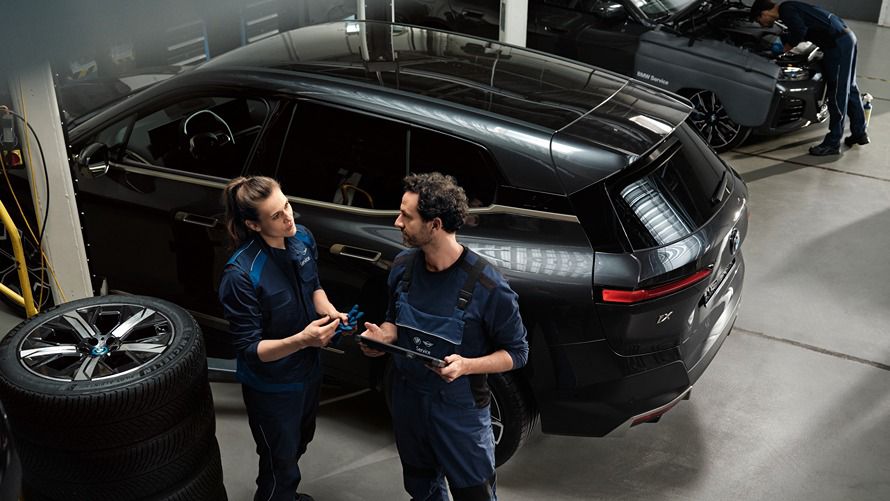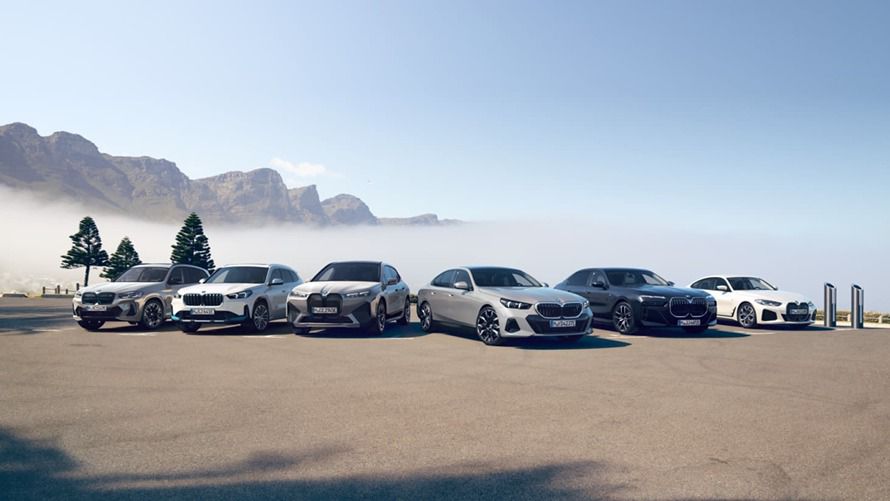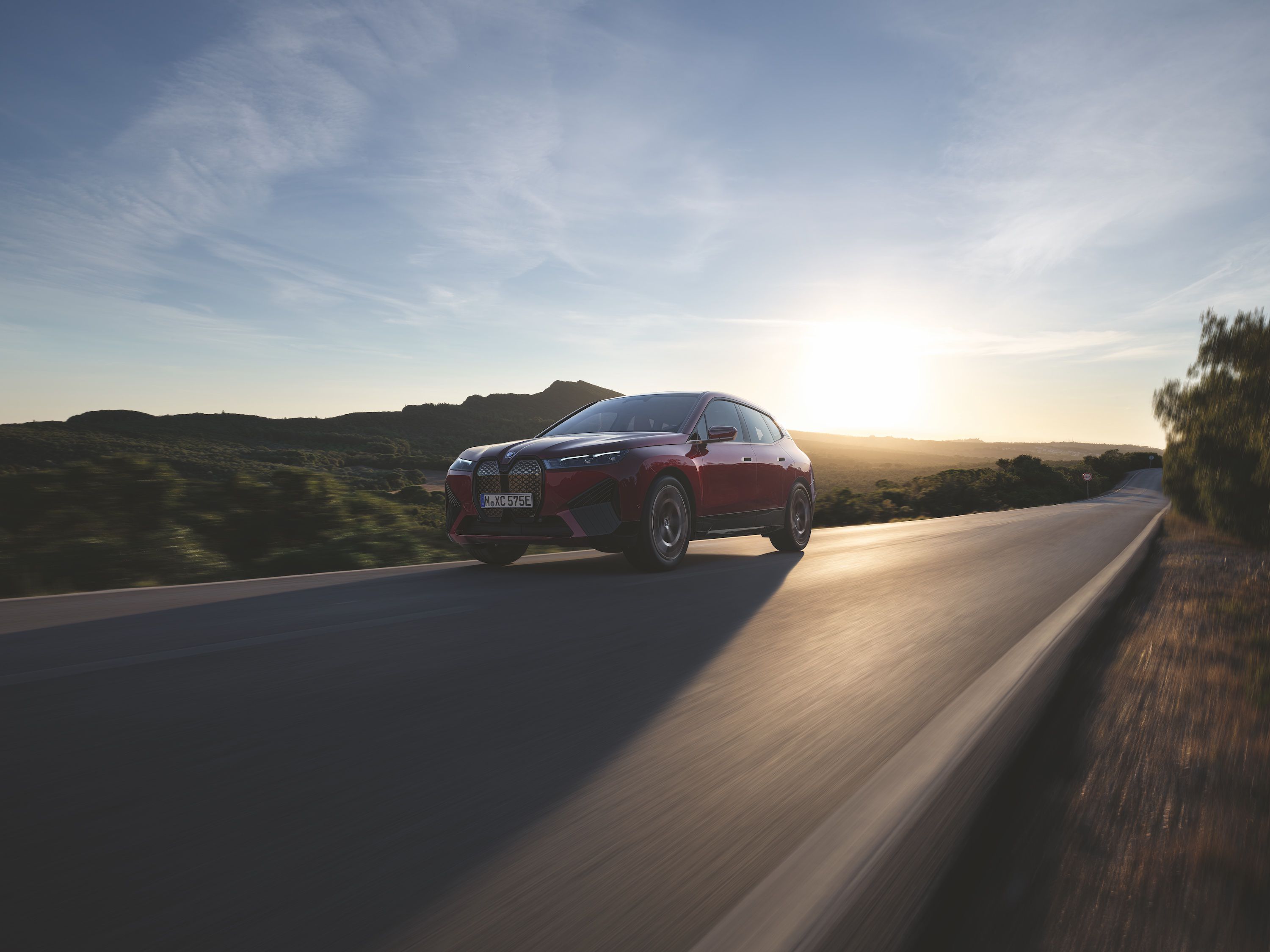Find your BMW.
New Car Locator.
Request a Test Drive.
Build Your Own.

Safety Recalls.
BMW New Zealand takes all safety recalls very seriously. Our customer’s safety in our products continues to be of paramount importance and it remains our objective to have all vehicles subject to any recall rectified as soon as possible.
Terms and Conditions
* Fixed interest rate 2.99% p.a. is available on all new BMW SUV excluding fully electric models on a 24 month Standard Loan Contract (excludes Full Circle product) with an initial customer deposit / trade in of 30% of RRP with maximum balloon of 10% with vehicles financed and delivered by 30.06.2025. Excludes used and demo vehicles. An establishment fee of $275, PPSR of $10.35, dealer origination fee of up to $500 and on road costs apply. Not available in conjunction with any other offer. BMW Finance terms, conditions and standard lending criteria apply. BMW Finance reserves the right to vary, withdraw or extend this offer.




